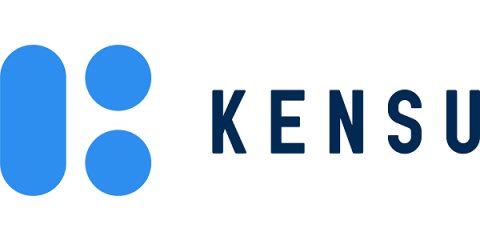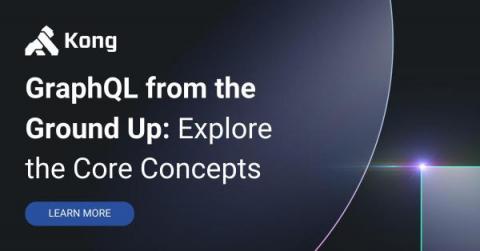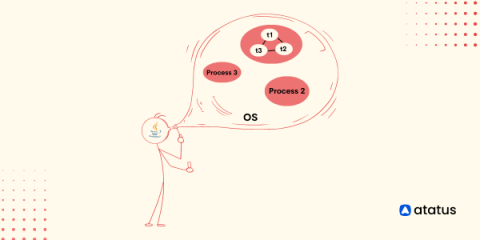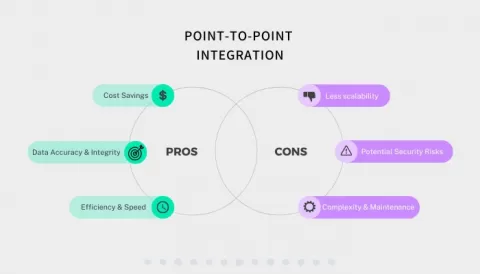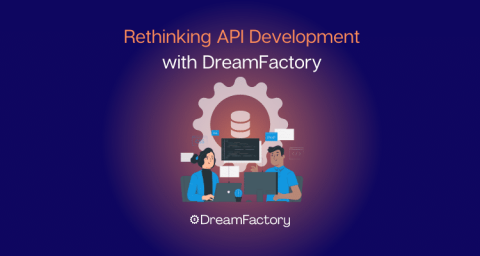How to build a chat app like WhatsApp
When was the last time you WhatsApped someone? In all likelihood, the answer is probably not that long ago. First released in 2009, WhatsApp quickly became the default setting for instant messaging in much of the world. By 2014, it defined the market so much that it was acquired by Facebook – and it has pretty much remained a leader in the chat space ever since.






